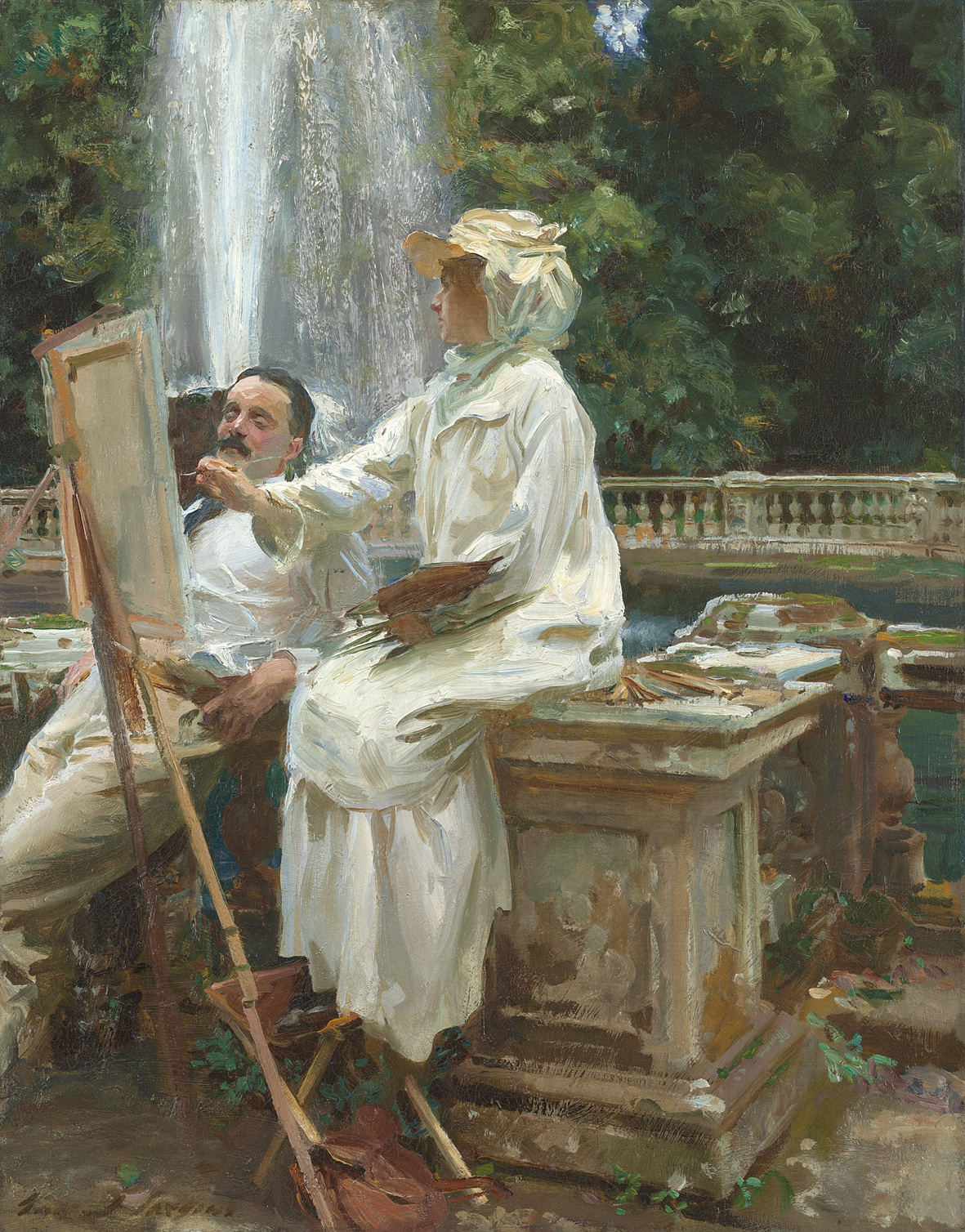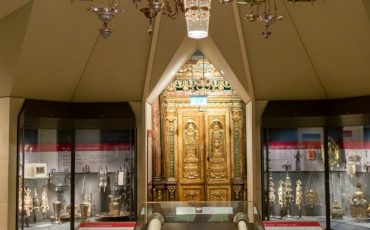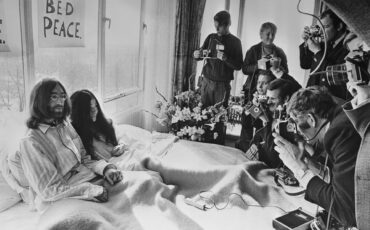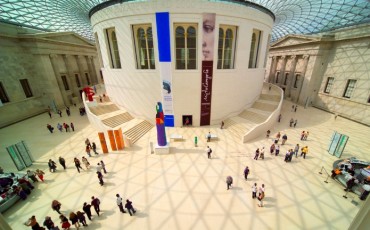John Singer Sargent (1856-1925) was the greatest portrait painter of his generation. Acclaimed on both sides of the Atlantic, he was closely connected to many of the other leading artists, writers, actors and musicians of the time. His portraits of these friends and contemporaries, including Auguste Rodin, Claude Monet and Robert Louis Stevenson, were rarely commissioned and allowed him to create more intimate and experimental works than was possible in his formal portraiture.
This major exhibition of over seventy portraits spans Sargent’s time in London, Paris and Boston as well as his travels in the Italian and English countryside. Important loans from galleries and private collections in Europe and America make this an unmissable opportunity to discover the artist’s most daring, personal and distinctive portraits. The exhibition at the National Portrait Gallery in London will be from 12 February until 25 May 2015.

The Fountain, Villa Torlonia, Frascati, Italy by John Singer Sargent, 1907. Photo: ©The Art Institute of Chicago.







Leave a Reply